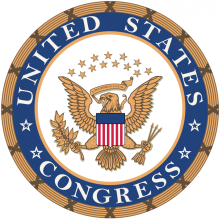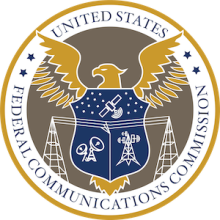Big Bucks for Broadband in the Balance: Explaining the Affordable, Accessible Internet for All Act - Part 4
If you have been following our series on the Accessible, Affordable Internet for All (AAIA) Act, you already know the proposed legislation calls for a $100 billion investment in expanding broadband access and affordability in unserved and underserved parts of the country. In this fourth installment of the series, we explore the part of the bill that contains the bulk of the funding. Of the $100 billion proposed in the bill, $85 billion of it can be found in the Title III - Broadband Access section.
Amending the Communications Act of 1934, Section 3101 of the bill appropriates $80 billion for “competitive bidding systems” to subsidize broadband infrastructure. That is to say, it requires the Federal Communications Commission (FCC), and states, to use “competitive bidding systems” for Internet Service Providers (ISPs) to bid on broadband deployment projects in “areas with service below 25/25 Megabits per second (Mbps), and areas with low-tier service, defined as areas with service between 25/25 and 100/100 Mbps.” The term “competitive bidding” seems to suggest a reverse auction process, though it hardly makes sense for each state to set up such a system given the logistical challenges. A legislative staffer responded to our email earlier this year saying he believed that language would allow for state programs that solicited applications from ISPs and scored them for evaluation, much like Minnesota’s Border-to-Border Broadband program operates. However, he noted that the FCC would interpret that language ultimately. More on this below.
Prioritizing Higher Upload Speeds



